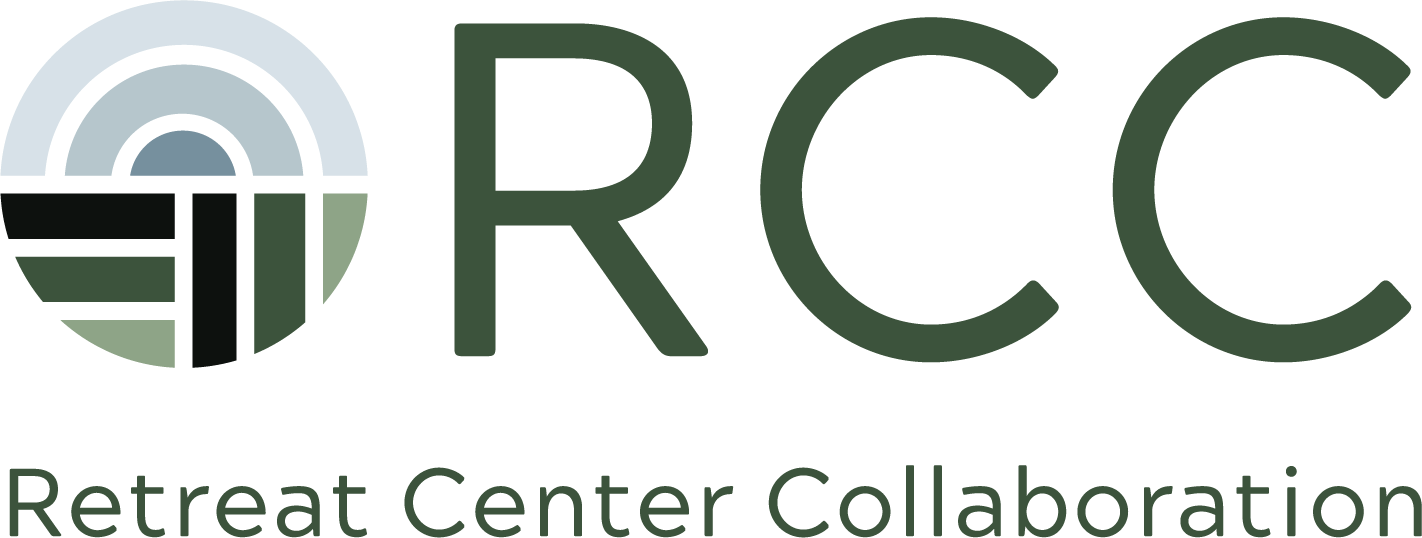What will it take for retreat centers to tend to the wound of racism?
What does it mean to heal from the wounds of racism?
All beings heal. In order to heal the wound must not be ignored. If we ignore it out of fear of our own fragility or disgust for seeing our insides exposed, the wound will become infected and the healing process more painful and drawn out.
So, by living in a culture that supports and mechanizes white supremacy in its structure, we have all been saddled with a wound that needs attending. For retreat centers, there are additional layers of tending.
If you are White, there is additional tending needed.
If you are part of a Christian tradition, there is a compound attentiveness necessary. Not only to follow in the steps of Jesus, who cared for all those who were oppressed, but because wounds have been inflicted in Jesus’ name.
If you lead an organization or retreat center, the ways that white supremacy has been embedded into the policy and operations is another wound needing attention.
Wounds don’t heal without attending. The process of wound care when it comes to racial healing is a process of truth-telling and reconciliation. As Bryan Stevenson said, “I think we all want reconciliation. We want peace, we want understanding, we want redemption—all of these wonderful things. But we haven’t committed ourselves to truth-telling. Truth and reconciliation are not simultaneous. They are sequential. Tell the truth first, and it’s the truth that motivates you to understand what it will take to recover, repair, endure—to reconcile.”
What will it take for your organization or retreat center to tend to the wound of racism?
As Lorren Buck and Marissa Metelica from the Racial Healing Initiative Team shared during a May 2022 Community Call, we can heal from the wounds. We can dream into possibilities of transformation. Equity Allies, Marissa’s organization, designed a spectrum of transformative collaboration that retreat center staff and board can use as a guide. We can strive for radical belonging and transformation. Lorren also shared Deepa Iyer’s work from Building Moving Project on building social movement ecosystems as a way to identify and create a healthy community. We can shift our ways of thinking that can help dismantle white supremacy. Creating community is ultimately defined through joint possession, enjoyment and liability. Everyone is considered an owner, an investor and a contributor, thus creating the feeling of true belonging.
In our lives and as part of movements and organizations, many of us play different roles in pursuit of equity, liberation, inclusion, and justice. This is a framework that can help individuals, networks, and organizations align and get in harmonious relationship with social change values, individual roles, and the broader ecosystem.
